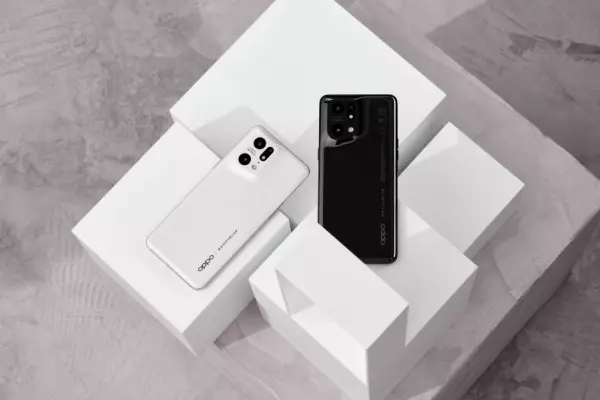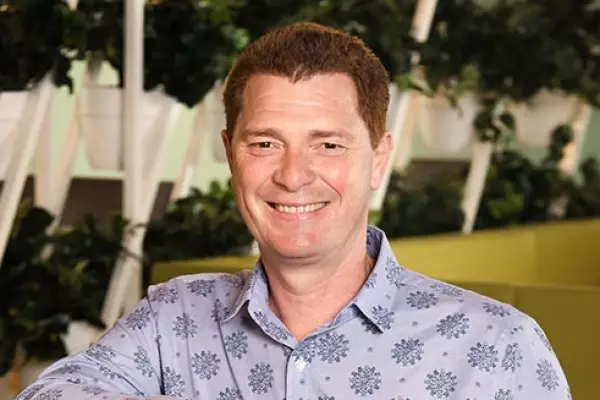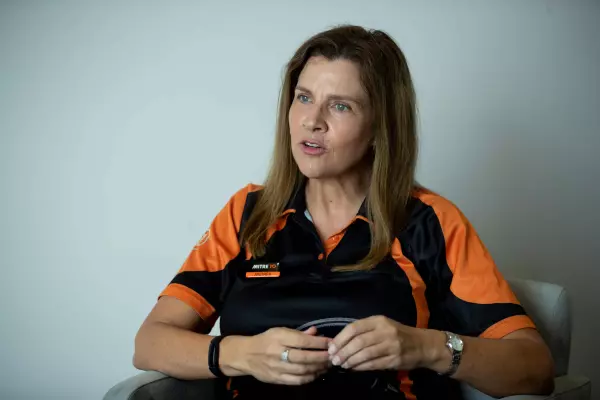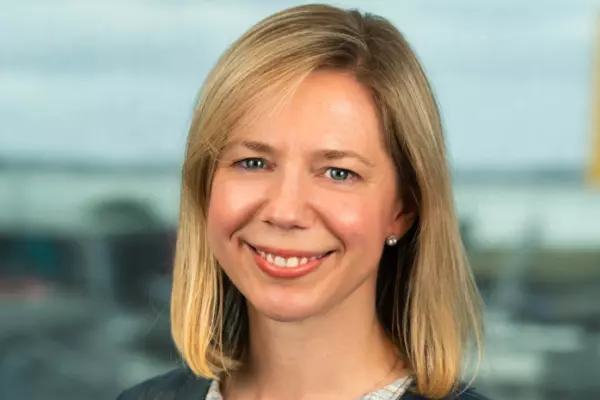Chorus chief executive JB Rousselot is unconcerned with the Commerce Commission ramping up its retail service quality requirements.
Last week ComCom published an open letter to NZ’s retail service providers (RSPs) outlining its concerns with the marketing of broadband services to residential consumers currently on copper-based services.
In some regions, copper services are being retired and the market watchdog is worried telcos aren’t being totally honest in their marketing of newer alternatives.
At a media event this morning with the regulator, Rousselot told BusinessDesk Chorus has no problem with openly disclosing network performance to consumers.
“We’re OK with the pressure, because we're very comfortable that when you look at our network it’s uncongested, and it will provide the right speed.
“We feel very comfortable that our bit is working well, and so we want to make sure that everybody else is doing this, and transparency is the best way to do it.”
ComCom is seeking feedback on its letter before any requirements are implemented. The measures seek to help people on copper line services who “are more likely to be vulnerable, elderly or less technologically aware” choose the best new-generation technology.
Chorus is the majority wholesale provider of NZ’s ultra-fast broadband (UFB) network that currently serves 87% of households nationally with fibre connections. It is in the unusual position of marketing directly to consumers even though consumers buy its services through separate retail brands.
Two main copper alternatives are fixed line broadband services delivered over fibre networks, and fixed wireless broadband services delivered over 4G or 5G mobile networks. The latter are mainly provided by NZ’s big three mobile providers Spark, Vodafone, and 2degrees.
Spark and Vodafone’s 5G networks are slowly creeping into more areas of NZ, and 2degrees promises its 5G network will launch this year. But Rousselot doesn’t seem too concerned about 5G muscling in on fibre connections’ market share.
“5G is a great technology. It's a great technology that has particular uses and it's something that will be complimentary to fibre. What we want is to make sure that when people pick that they've got the same information across all technologies,” he said.
“Some people will pick 5G because it meets their needs. We have a belief that long term, people will need the capacity and reliability that fibre offers and the fact that, you know, this country has invested in 87% of the households getting it.”
But 87% leaves 13% without access to fibre (and even where it is available there are concerns as to its affordability). As well as fixed wireless, Rousselot said satellite broadband services, such as those provided by Elon Musk’s Starlink, will play a part in serving NZ’s rural communities with adequate connections.
Despite welcoming 5G and satellite, it might be argued it is in Chorus’ interest to welcome competition in rural areas where its fibre network does not extend to.
“It's a conversation that we should have with all of the industry, with the Commerce Commission, the wireless providers, and the satellite providers, on how do we serve the remaining 13% that is not getting it?” Rousselot said.
The commission's letter highlighted the differences in capabilities of the copper alternative internet services on the market. The regulator is concerned the marketing of these services had been “incomplete, confusing, or potentially misleading”, and is pushing for better measurement of retail service quality.
Boxing clever
Meanwhile, the Commerce Commission is relying on 3,000 physical hardware boxes sent out to volunteers to test and measure New Zealand’s broadband networks.
The regulator has given out approximately 2,500 Whitebox units from UK-based monitoring company SamKnows as part of the Measuring Broadband New Zealand reporting scheme.
Partners since 2018, the commission has been working with SamKnows to produce reports on the performance of NZ’s copper, fibre, and fixed wireless networks.
The programme sends out a box customers plug into their home router, providing them with a dashboard of their internet performance. Results are also sent back to the commission and collated into quarterly reports.
“3,000 boxes is a pretty high proportion of boxes to population size compared to some of the other jurisdictions that SamKnows operates in,” Ben Oakley, telecommunications manager at ComCom said at this morning’s event.
Currently only larger providers 2degrees, My Republic, Orcon, Skinny, Slingshot, Spark, Trustpower, and Vodafone are reported. ComCom would have to provide more boxes to more people if the smaller retail providers are to be covered.
Oakley said SamKnows recommends 40 boxes are needed to be on and testing in a particular window of time for the regulator to be confident in publishing the performance data.
He said there are options to distribute the monitoring tools as a software service rather than run through the Whitebox’s physical hardware, though this is not confirmed for NZ yet.
“This would give the ability to roll out to a lot more people, which means you can get more granular data, far more specific.
“You can imagine a scenario where you can go to Homes.co.nz and type in an actual address, and it will tell you what the actual performance is for that for that household currently, which would be fantastic advice for consumers to be able to help with their decision making.
“From our perspective, it requires quite a bit of input from the retailers and investment decisions about putting it into their routers.”
Disclosure: Chorus is the sponsor of BusinessDesk's tech section. It has no say over editorial content.















